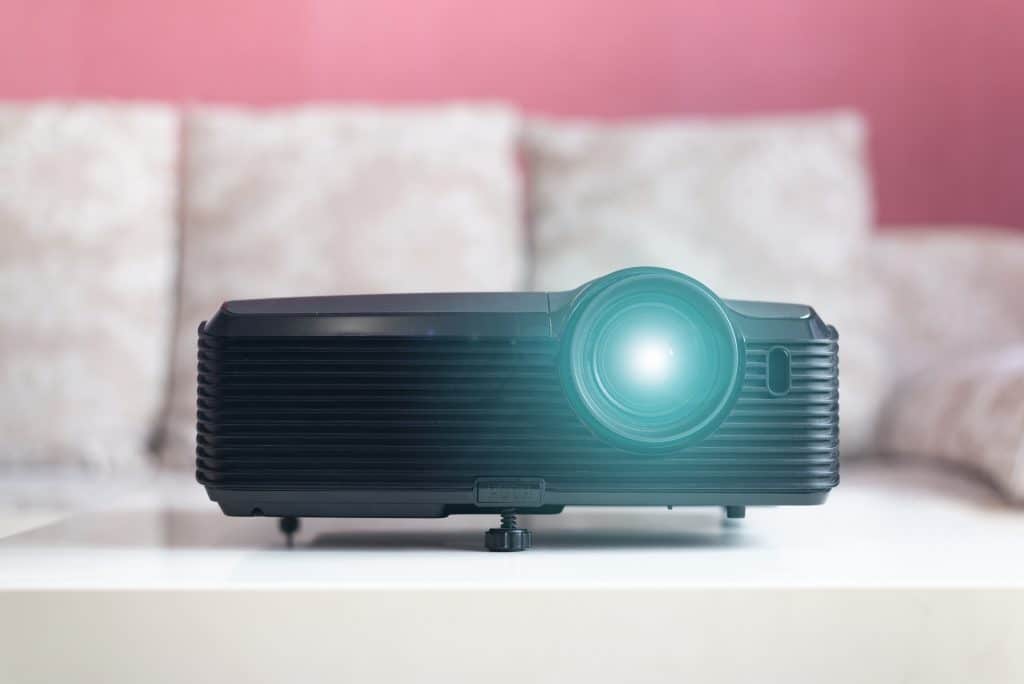Projectors have mostly enjoyed a reputation as superb but resource-intensive gadgets. Many prospective buyers see them as bulky, power-guzzling beasts with absurd price tags. They were considered good consumer-tech for offices or for the rich and famous outfitting their movie rooms.
In the past few years though, a new sub-category known as the “Pico projector” has emerged, thanks to rapidly evolving LCD technology. This has also led to the average cost of projectors go down drastically in the last few years. These Pico projectors or pocket projectors as they are commonly called, have been bridging the gap between full-size projectors and home entertainment systems. With display capabilities of up to 300 inches, these projectors are breaking into the home multimedia ecosystem. This has resulted in a consumer-tech category of projectors that are smaller, cheaper, more energy-efficient, and deliver decent video quality.
If you run an Amazon search for cheap projectors, it throws up many unheard brands of Pico projectors touting HD 1080P quality that put out lots of lumens, most under $200. Your first instinct will be of getting duped if you do buy allegedly high-performance projectors at low-ball prices.
But are these cheap projector models really worth your money and time? Most customers seem to be satisfied with these if we go solely by the ratings on them. But before you decide on a purchase you should consider the following factors:
- Where are you going to use it? If you’re making an addition to your home theatre system, picture quality and resolution should be top priority versus audio quality. Alternatively, if you need one for business purposes, then you should consider more features such as dual HDMI ports, automatic standby, daylight mode, etc.
- Resolution – With a projector’s main function being that of displaying a larger image with a higher degree of detail, anything less than 1080p is not worth it. Some cheap projectors do no offer this.
- Brightness – It is the amount of white light that is projected on the screen. 1000 lumens is the bare minimum for a good experience. Although some manufacturers claim high brightness output, consumer testing has proved otherwise.
- Display area/size – This is in direct proportion to resolution. 100 inches in the minimum for a decent projector.
- Colour quality and Contrast – Sometimes referred to as colour temperature, it is the proper balance between white, red, and blue light. Directly proportional to brightness (lumens), these affect the image quality on-screen.
- Factors like menu options, remote control, modes, and support for 3D are secondary and depend on your specific needs.
In our experience, most buyers of these cheap projectors are not picky over the image quality. Some models in the $250-400 deliver lower resolution and fewer lumens but cannot be written off as absolute junk.
None of them are high-performance projectors in any sense, but if you’re on the hunt for a creative and cheap way to watch movies in a small space, cheap projectors will do the needful.

